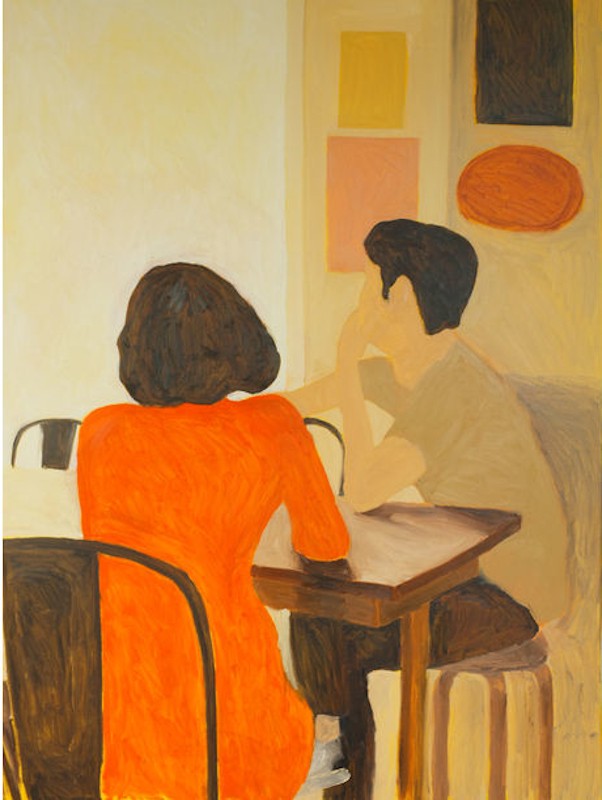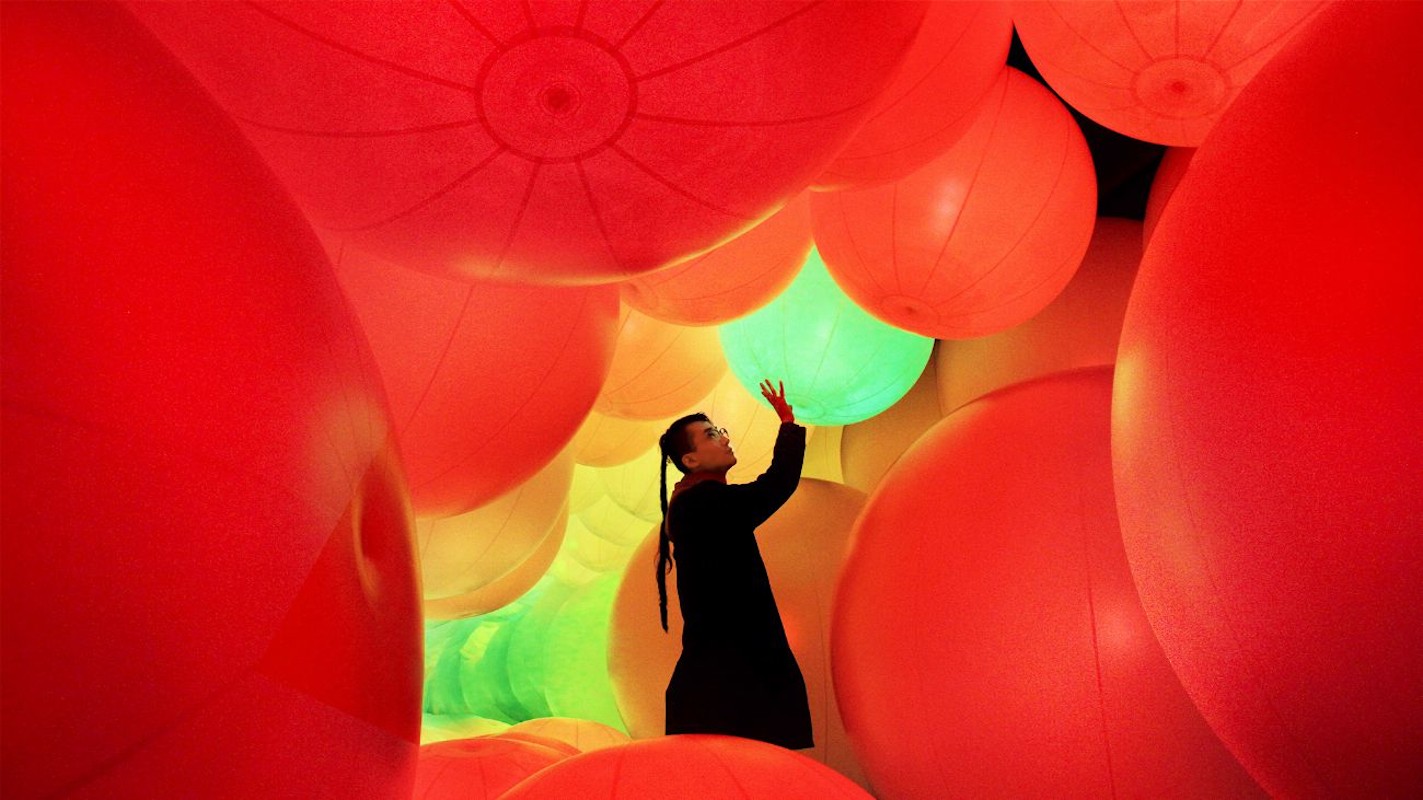Take a quick look at art movements starting from 30,000 BC. Yes, the Stone Age does matter as it's where all art probably began—carvings on the cave walls, the paintings on the walls of Lascaux Cave, and the Stonehenge. Fast forward to the 15th to 16th century, we find the Renaissance—Da Vinci's Mona Lisa, Michaelangelo painting the Sistine Chapel's ceiling, and Ghiberti’s doors to name a few. As you go further down the timeline, you'll find the very movements you've heard from your days in school; you have impressionism, abstract expressionism, modernism, and a lot more "-isms." But there's one thing these movements have in common: they were all born in the west and are products of western thinking, imagery, and later influence. So how important are art movements for Asian art especially in the contemporary scene?

Western Influence
Classification of movements within Asian contemporary art may not be as stressed and elucidated in most art courses but it is also noticeable how contemporary art is plagued with the same influences from various movements that were coined in the west. There's a certain value to this as it's a complete nod to the human need to have things labeled and organized. We all want to keep things under a certain classification to keep things in order and avoid confusion for our sake as well. It was a smart move to form these art movements and adapt it to our very culture as Asians. For the most part, it's sad how we've lost our identity to western influence but it's the progress that the people are focusing on that makes it completely inevitable to be put under the umbrella of terms that may not belong to our side of the world.
But art movements revolve around more than just the aesthetic. Where it begins and where it ends is a complete blurry part that not everyone could put a certain timestamp to. This blur continues to fade as time goes. We are trapped between two types of one thing thus bearing fruit to a new movement all while its roots continue to grow. We can find a great example through abstract expressionists Jackson Pollock and Barnett Newman. Spontaneous splatters versus calculated linear monochromes; both are abstract yet they differ on how they've approached abstraction. Motives play a huge part in art movements much as their aesthetic does.
Movements Old and New
So what's new with art movements? For starters, we can look at how technology has greatly affected art. Street art has evolved to projection art and public art has, as expected, reached the worldwide web. Digitalization is as much and as farther as new can go these days. It would be hard to create something new without being related to the art movements of the past. Every artist has become the second this and the new that. Newness is nowhere to be found and now we're completely at a loss to what values art movements have to this day.
It'll be a stretch to say it has completely lost its meaning. Every art movement still has its means of conveying meanings behind an artwork. Artists, for one, turn to art history books in search of the right feel and touch a client wants for a commissioned art. And we will always look upon the artists that shaped and ruled these movements as a means of understanding what is present and now. Yet these movements will remain bound by the borders that separate the east from the west. We continue to rely on the heydays of what is a product of privilege as we tell stories of sorrow and plight. It's as tragic as men becoming faces of art movements with footnotes that were women in the scene.
“Perhaps art movements are moved not by time but by the world's sociopolitical climate. We are faced with a new era for a new revolution, a new subject.”
Today, art has evolved and embraced the new kind of new. To create something unique, artists have turned to multidisciplinary practice and involvement. It seems that today's generation of artists has conspired to break down all the walls that were built to impose meaning and order to the arts. But in the attempt to keep the walls from crumbling, many are labeling these artworks into whichever fits their own standards—post-contemporary and pseudo-modernism. Perhaps art movements are moved not by time but by the world's sociopolitical climate. We are faced with a new era for a new revolution, a new subject. One thing we all know is that we're trapped within the confines of these movements because it's convenient for us and there simply is no other way to define a wave of contemporary revolution.

